Anemia is a medical condition where the red blood cell count or hemoglobin level is below the normal range. Common symptoms include fatigue, dizzy spells, headaches, and sensitivity to cold.
All my life I struggled with anemia. During my first pregnancy it got so low I had to take iron supplements. It wasn’t until my second pregnancy, with a midwife versus an OB/GYN, that I learned about foods that help prevent anemia. Thanks to a solid diet, my iron levels stayed in the normal range my entire pregnancy! I was so excited. I’ve carried this knowledge with me and helped many of my clients who have had the same struggle (pregnant or not). Now it’s time to share this with you.
Symptoms of Anemia
Symptoms of anemia can mimic other conditions, so when you go to your doctor, this will be one of the tests they tend to run first. Symptoms include:
- Chronic fatigue
- Dizziness
- Headaches
- Shortness of breath
- Sensitivity to cold
- Restless legs/restless leg syndrome
- Irritability
- Pale complexion
- and cold and numb hands and feet.
Factors That Contribute To Low Iron Levels
Poor Diet
Sure you can eat low calorie and be thin, possibly even fit, yet still be eating a diet lacking in dark leafy greens, iron-rich protein sources, and inadequate intake of natural vitamin C.
Imbalance in gut flora/lack of diversity in gut flora
Recent studies have linked a lack of healthy and/or diverse gut flora (probiotics) contribute to the inability to absorb iron in our diets.
Low B12 and folate levels
No nutrient works in isolation, they all need other nutrients to be able to be absorbed and used. Having low B12 and folate levels contribute to iron deficiency.
Excessive blood loss
Blood loss can come in the form of heavy periods, ulcers, and inflammatory bowel disorders including IBD and Crohn’s disease. It can also be from donating blood frequently.
Pregnancy
As blood volume doubles during pregnancy, the amount of iron in the blood can decrease leading to anemia. (I experienced this with my first pregnancy but was able to avoid it my second pregnancy.)
Chronic Disease
Chronic diseases can inhibit the body from being able to absorb or use iron coming into the body. Medications related to chronic diseases also play a role in this problem.
Certain Medications
Certain types of antibiotics, antihistamines, antifungals, and malaria medications can lead to anemia.
Sometimes knowing the cause is easy, and sometimes determining the problem is difficult. Especially when the symptoms are debilitating.
Foods To Help Prevent Anemia
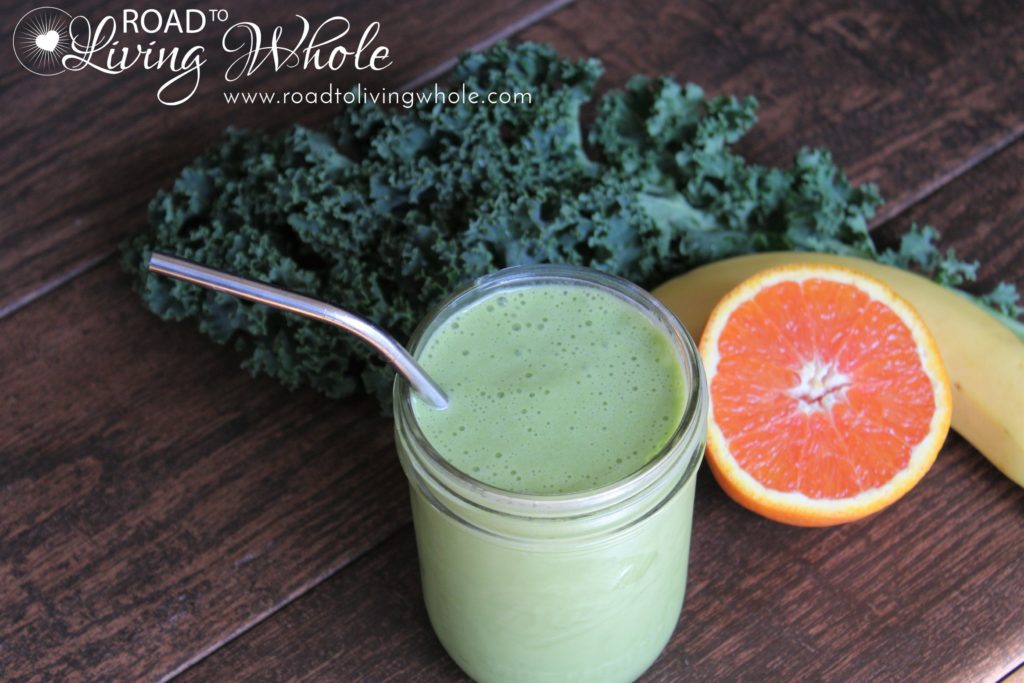
Diet matters when it comes to your health. Food is so much more than calories. No matter the reason behind your anemia, a healthy diet will help mitigate anemia and other health issues. Here is a list of great foods to include in your diet to get more iron.
Dark leafy greens
Some people don’t like green things, but I highly recommend giving them a try. Dark leafy greens include spinach, kale, swiss chard, beet greens, carrot greens, endive, and more. Not only are they a great source of iron, they also contain vitamin C, B vitamins, magnesium, and calcium, all necessary for the absorption and use of iron. Green smoothies are a great way to get green into your diet if you aren’t the biggest fan of salads. They taste like regular fruit smoothies but are packed full of more nutrients and minerals, especially iron.
Dark and red meats
This is one source my midwife recommended for me. Not only does it taste way better than white meat, it is a great source of iron and b12. Don’t be afraid of it’s “higher” fat content, fat helps keep you full and maintain healthy blood sugar levels. You can eat the thighs of chicken and turkey, all of duck, beef, bison, and lamb.
Beets
Beets earthy flavor is a great way to know how mineral-rich they are. Rich in iron, vitamin C, and powerful antioxidants, they are a great addition to a healthy diet. If you are new to beets, I have recipes for you! A jicama and beet salad, citrus mint beet salad, and arugula and beet salad.
Citrus fruits
Citrus fruits are a fantastic source of vitamin C, a necessary nutrient for the absorption and utilization of iron. Vitamin C also helps you fend off illness. My apple cider vinegar tonic is a great way to get a good dose of vitamin C daily.
Dried fruits
Dried fruits are surprisingly a great source of iron and necessary to consume daily if you are vegan. When dehydrated all those wonderful nutrients become condensed. Eating dried fruit is an easy way to get a huge dose of iron and other nutrients.
Pistachios
If you needed an excuse to eat more pistachios, I have it for you. Not only do they taste the best (in my opinion), they are one of the most iron-rich nuts out there! Add them to salads, yogurt, or enjoy a handful.
Sardines
I know we don’t really consume these in America but they are seriously packed full of nutrition. Along with being a great source of calcium and omega-3 fatty acids, they contain easy to absorb heme iron and vitamin B12. B12 is also a necessary nutrient to be able to absorb and use iron. People like to add sardines to their sauces and on salads.
Liver
The liver is nature’s most bioavailable multivitamin. When sourced from a healthy, pasture raised animals and prepared in a way that maintains its nutrients, you’ll gain access to easily absorbed and used iron (and every other nutrient we need). You can puree, dehydrate, and put into capsules, enjoy as pate, or lightly cook with onions (classic liver and onions). The most common livers you can get are cow, chicken, and duck liver. Lamb and bison liver are also options if you know any farmers.
When you have enough iron in your diet you will feel energized, have more productive workouts and less brain fog. It is best to get your iron from food sources versus supplements. Supplements can easily cause toxicity, along with common side effects including constipation, upset stomach, and heartburn.
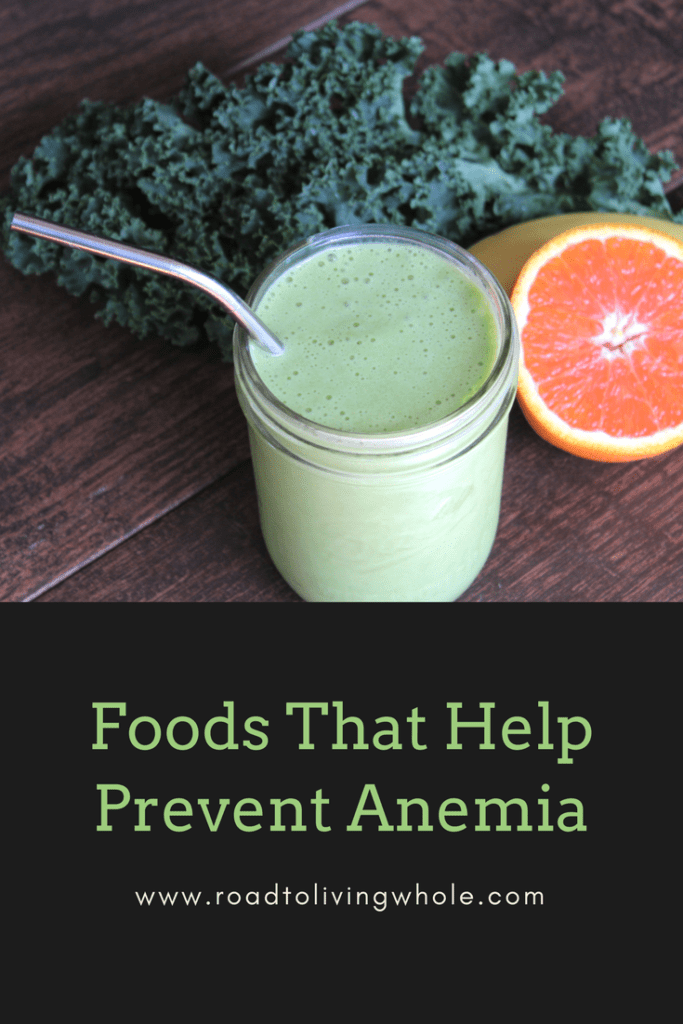
Sources
https://www.nhlbi.nih.gov/health/health-topics/topics/anemia/
http://www.webmd.com/women/news/19991101/iron-deficiency-anemia-linked-to-bacteria
https://www.nhlbi.nih.gov/health/health-topics/topics/anemia/causes
http://www.mayoclinic.org/diseases-conditions/anemia/symptoms-causes/dxc-20183157


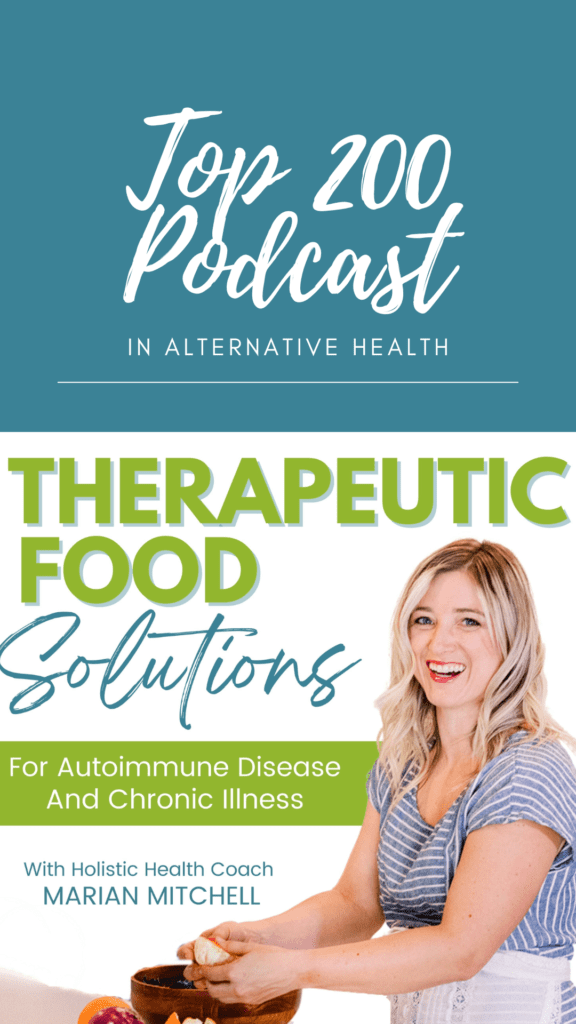
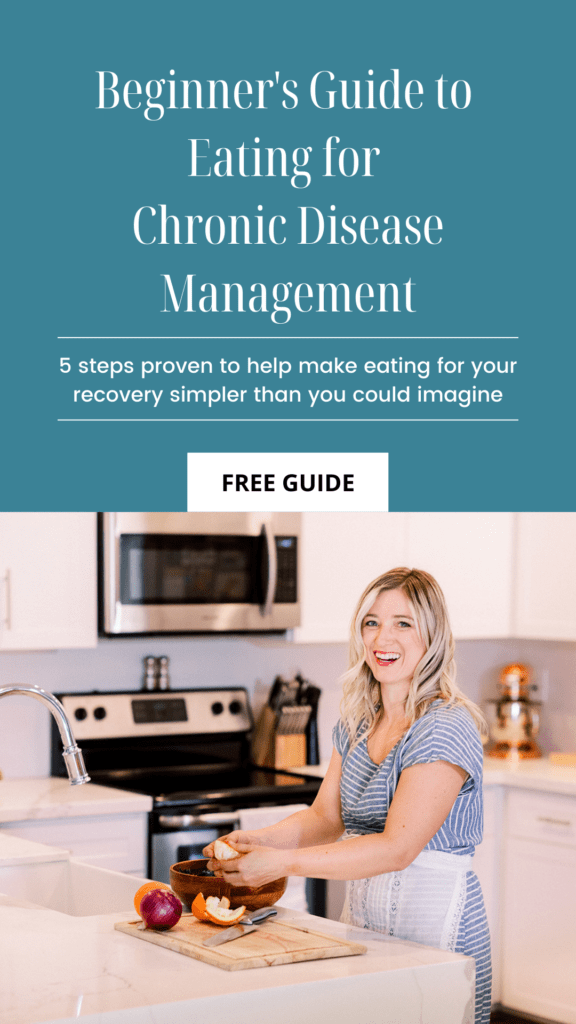


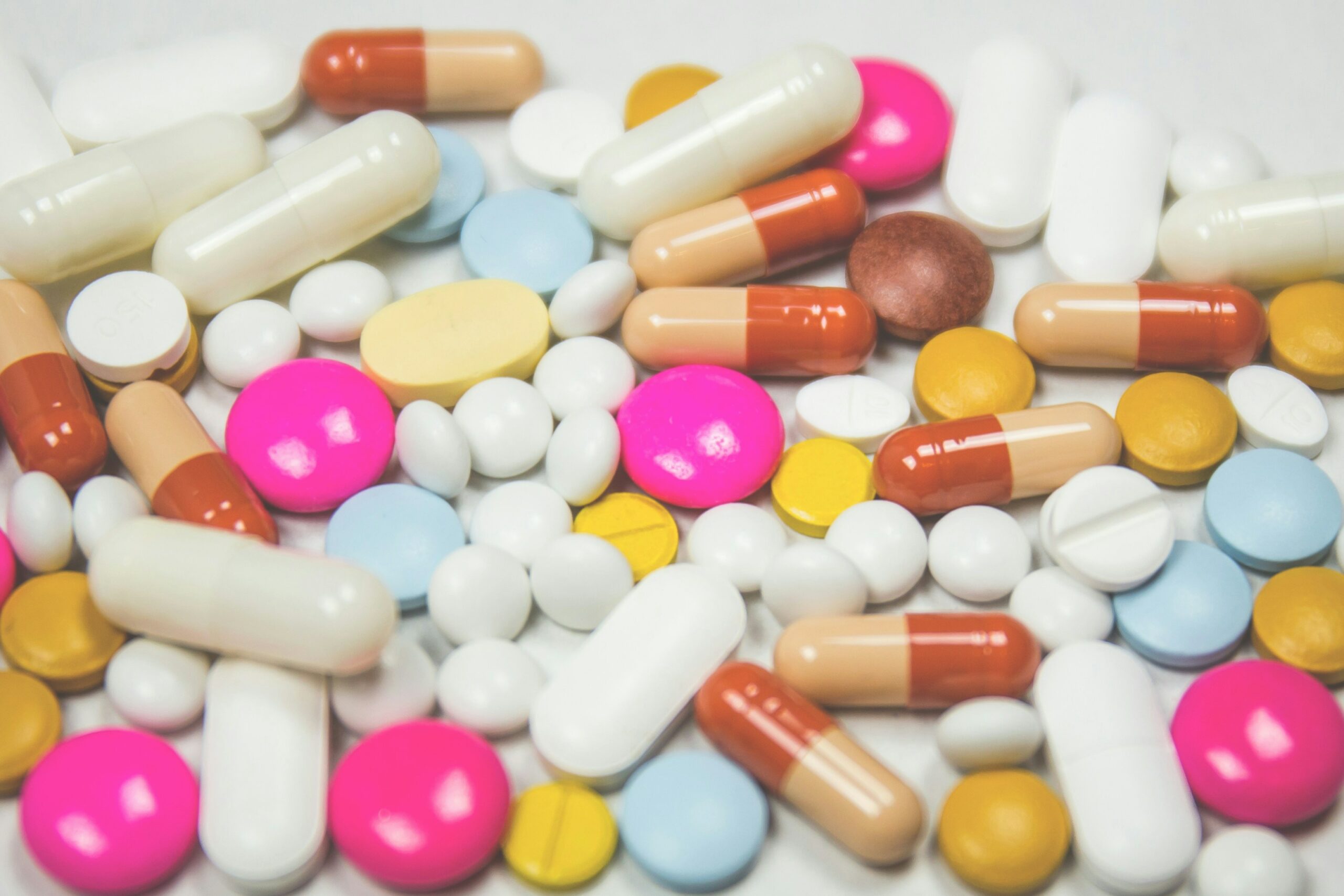


19 thoughts on “Foods That Help Prevent Anemia”
though im not anemic, knowing what u put into ur body and what it does i think is always important
My OB was always amazed how my body was able to keep my iron levels up throughout my first pregnancy. I craved burgers all the time so it certainly helped!
This is really useful. My wife gets low blood sugar sometimes and needs a quick sugar boost if not she feels faint.
It’s crazy how a healthy diet can really effect your body for the better! Adding these foods to help iron levels is easy without having to take iron supplements everyday.
Sondra xx
prettyfitfoodie.com
Very informative post. I try to include a variety of food in my family’s diet and I am glad I read this post because I found some new things that I can include now. ty
One of my friends suffers from Anemia so I will definitely be sharing this info with her. What a great post with a lot of information in it. This is wonderful! It’s amazing what good food can help the body with.
yum what a great roundup! Lots of women are iron deficient without knowing
i am very anemic and could use all the help I could get. i really suffer from restless leg syndrome. I will have to try some of these
I never suffered from anemia. I appreciate the information which is always useful the diagnosis and assistance of others though.
My daughter has anemia, so this will be super helpful! So informative… will definitely share with her!
This is such great advice. People with anemia will definitely need to see this. Sharing!
I have a family member with anemia. We have been looking for ways to help her!
Little adjustments really do add up.
Super helpful post! I have a couple of those symptoms so I definitely need to eat more of those foods, my diet is not the best. Thanks for sharing 🙂
It’s my pleasure! I hope you found some fun ways to include some of the foods on the list. My personal favorite are adding greens to smoothies. It changes the color but not the flavor!
Other than citrus fruits these are all foods I dislike. No wonder I’m anemic off and on! 🙁
I have a friend with anemia and when she doesn’t eat right or forgets her meds she will sometimes faint! I will pick up a bag of pistachios and tell her to snack on them in the car!
I’m so glad you found the information helpful. Little things like that really do add up. You’re a great friend!
Citrus fruits are one of my favorites! I have two or three a day. Depends if I throw in some lemon water.